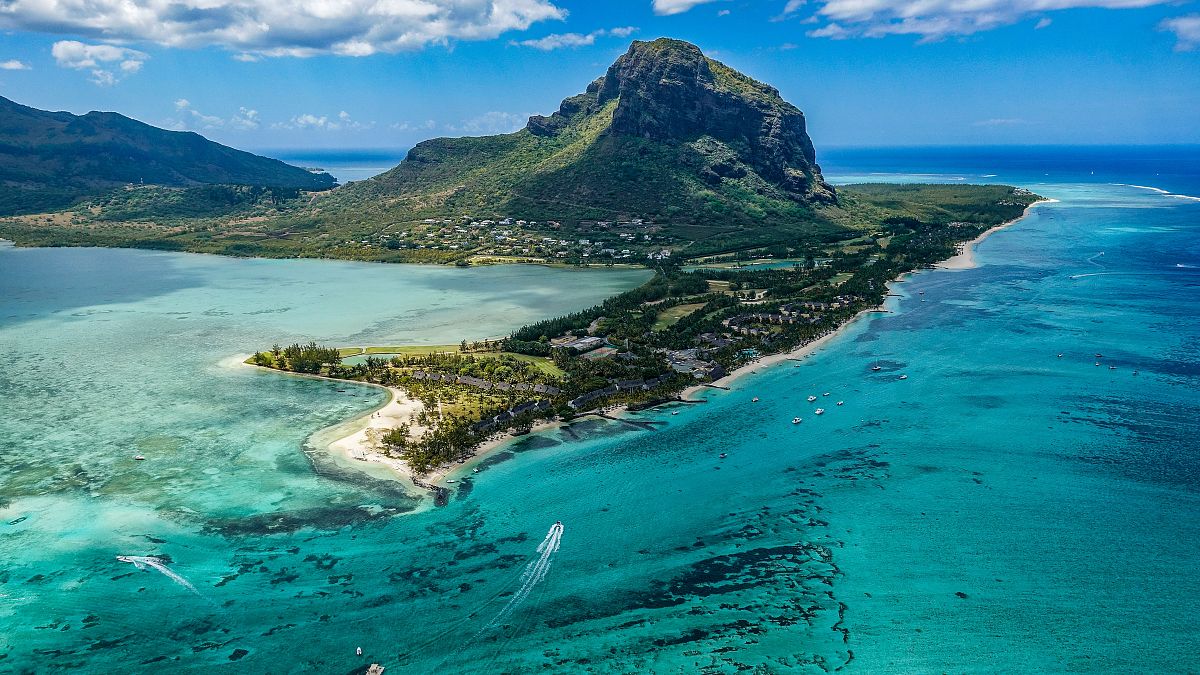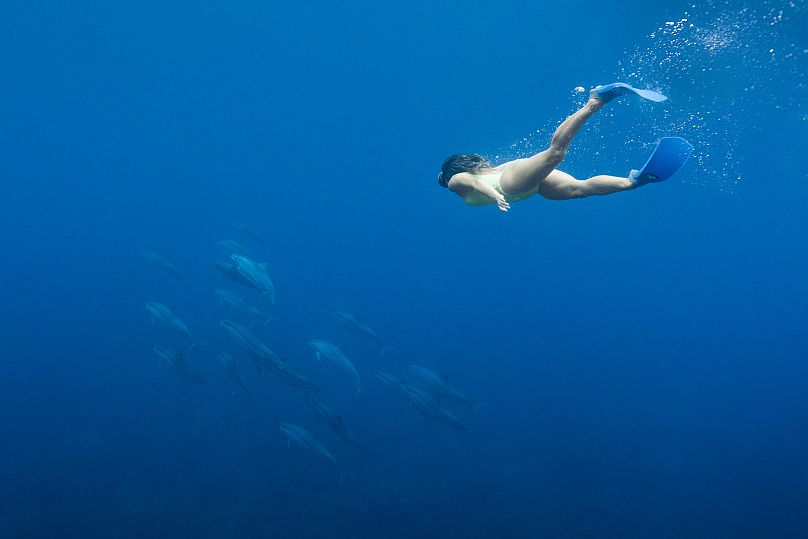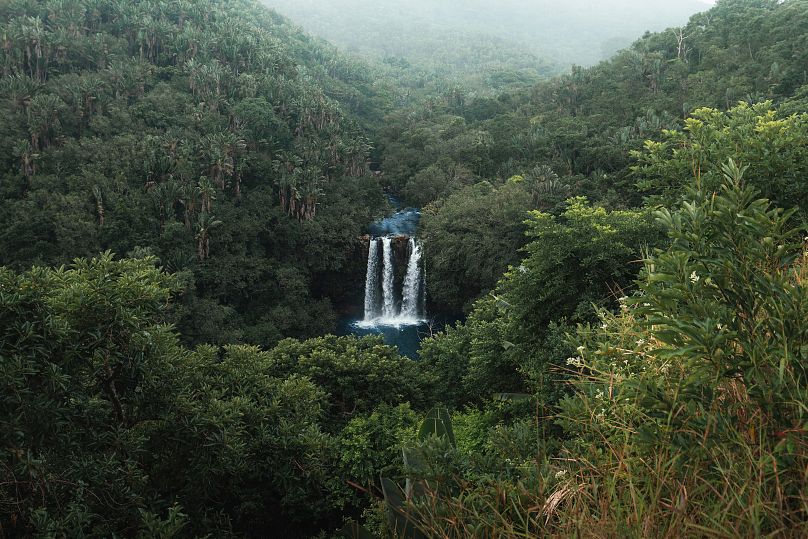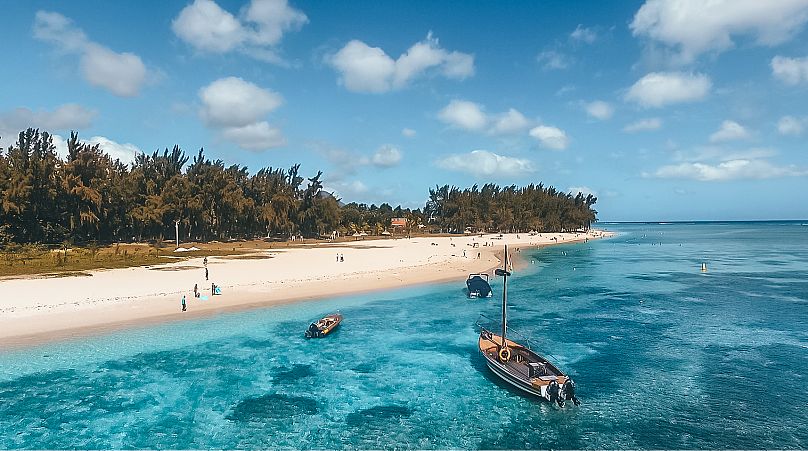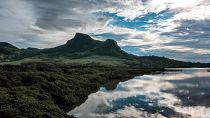Bathed in year-round sunshine and lapped by warm, clear waters, Mauritius’ broad white beaches, among the world’s most spectacular, have finally been able to reopen to visitors.
Thanks to rigorous health and safety protocols and an impressively high vaccination rate, the paradise islands have once again become a reality for tourists.
Those who are fully inoculated will no longer be asked to quarantine, and can take immediate advantage of everything Mauritius has to offer, from scuba diving to mountain hiking. Not fully vaccinated? Consult mauritiusnow.com to find out what additional precautions are needed in order to enjoy your holiday to the utmost.
Riding the waves and exploring the sea bed
Water lovers are spoiled for choice in Mauritius, with a perfect sea temperature for 12 months of the year. Though there is no bad time to visit, summer lends itself to diving. Deep in the Indian Ocean and surrounded by coral reefs, you’ll shoals of brightly coloured fish, dolphins, turtles, sharks and even sperm whales.
Winter sees the perfect conditions for surfers, kitesurfers and windsurfers, with waves to satisfy every level. Pros will head to the south, where the winds keep the waves lively against a dramatic background of steep basaltic cliffs. The Blue Bay and Balaclava marine parks are favourites with snorkellers for their still waters and abundance of marine life.
The calmer beaches and sheltered lagoons are ideal for activities such catamaran trips, pedalos, kayaking and glass-bottomed boats. These can be booked at any time of year, and are ideal for families.
A cradle of biodiversity
Famous as the one-time home of the ill-fated dodo, Mauritius hosts an incredible diversity of flora and fauna for its size. This is partly thanks to its microclimates and changes in terrain and partly due to careful conservation and rehabilitation efforts.
Its colourful birds include parakeets and fodies, flycatcher and pink pigeons, who jostle for attention with blue, green and red-spotted geckos. The islands are home to fruit bats, various types of rare skink, the Mauritian flying fox and the giant tortoises that were recently reintroduced to roam the islands.
In the heights of Chamarel is the zone called the Seven-Coloured Earth Geopark, an undulating sandy landscape of reds and browns. Near here you can see monkeys and the Mauritian Tropicbird.
Trails and terrain
For such a small country, Mauritius contains a bewildering variety of landscapes. It is best known for its wide sandy beaches, but trails run through pockets of rainforest and volcanic parks, and alongside vast lagoons and dramatic waterfalls.
Mountain ranges form both the backdrop and the clearest vantage points. Climb Le Morne Brabant, 556 metres above sea level, for a spectacular view across the reefs and treetops. A peninsula of volcanic rock, it was once a refuge of slaves and is now a UNESCO World Heritage Site.
Gentler walks might take in one of Mauritius’ peaceful reserves or gardens. The Pamplemousses Botanical Garden was created over 300 years ago and teems with native species of flora and fauna, most famously its giant water lily ponds.
Culture in the capital
Mauritius’ colourful history is nowhere more evident than in its capital, Port Louis. The British and French have left their architectural mark with elegant colonial buildings, while the Port Louis Chinatown is a riot of wooden shop fronts and pagodas.
Elsewhere in the city you’ll find a Tamil temple, the St James cathedral and the Jummah mosque – more reminders of a past that saw immigration, international trade and colonialism shape not just the people but the physical shape of Port Louis.
The cuisine of the island – a mix of African, Asian and European styles – is also a tribute to the races that have called it home. Aromatic and spicy, it blends creole with curry, noodles with wraps.
You’ll smell the street food stalls selling mouthwatering dholl puri – a flatbread made from yellow split peas and holding curry, chutneys and rougaille, a spicy Creole sauce – even before you see them. Fruit vendors provide the perfect dessert in the form of perfectly fresh mangos, dragon-eye fruit and lychees.
The warmest of welcomes
What really makes Mauritius so unique, however, is its people. A mix of races, cultures and religions united by centuries of hospitality to outsiders. Proud of their heritage and careful to preserve their traditions, they are more than ready to greet visitors again.
